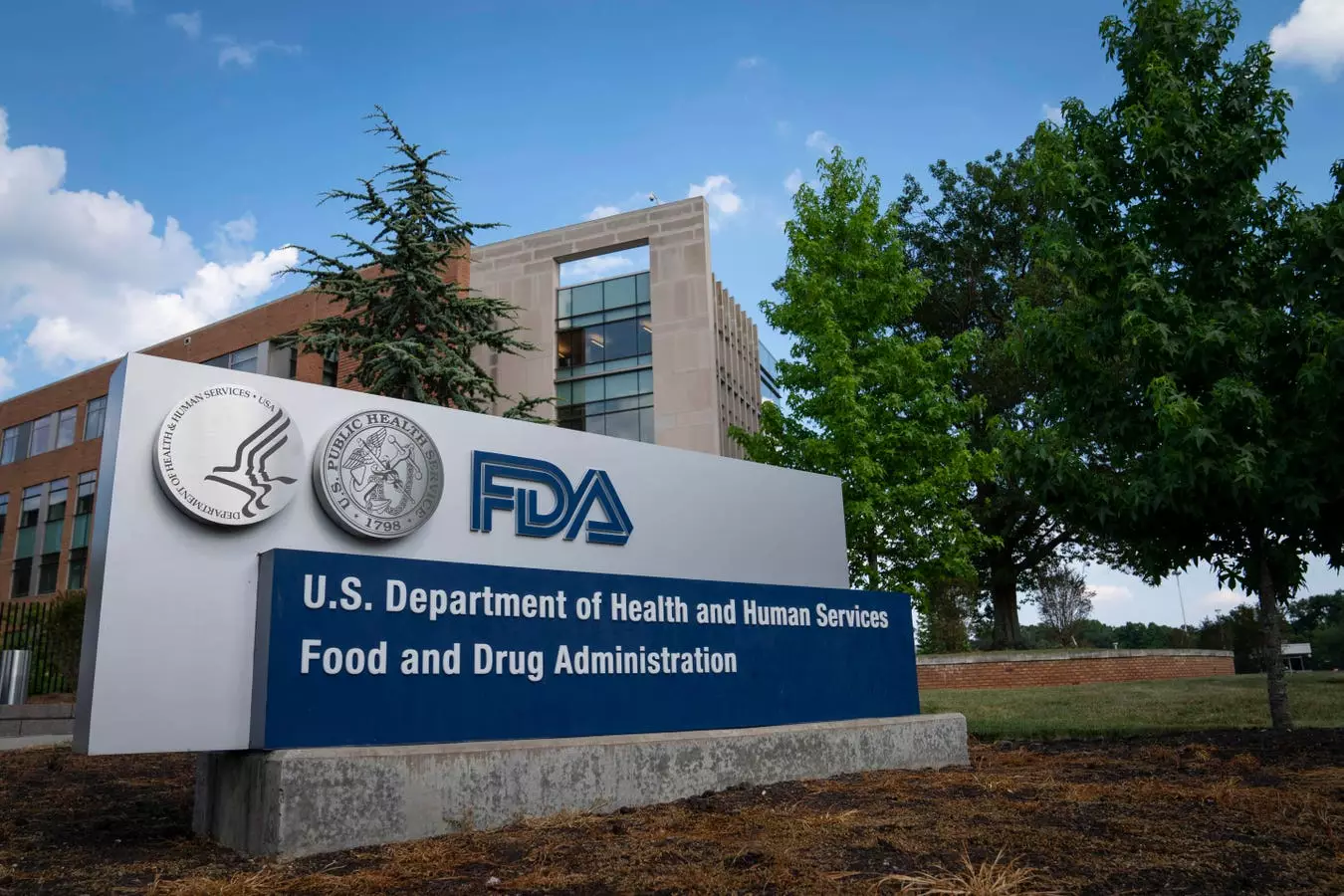On Wednesday, the Food and Drug Administration (FDA) made a significant move by banning Red No. 3 from all consumables, including food, beverages, and ingested medications. Companies are now required to eliminate this synthetic dye from their products by January 2027. Despite this positive stride toward a more health-conscious food supply, there remains a concerning array of eight other artificial dyes still approved for public consumption. This ban raises essential questions concerning the safety and impact of these synthetic additives and whether further scrutiny will follow, especially with the potential candidacy of Robert F. Kennedy Jr. for president.
The use of artificial colorants in food has long been a common practice, with companies opting for synthetics to enhance visual appeal. This trend has faced increased opposition due to mounting evidence pointing towards the health risks associated with these additives. The decision by the FDA could indicate a pivotal shift toward safer consumption, yet the persistence of these eight approved dyes indicates that the battle is far from over.
Artificial dyes are primarily composed of petroleum-derived chemicals, which have been implicated in a host of health issues, including hyperactivity, ADHD, and even cancer. The alarming reality is that over 90% of candies, fruit-flavored snacks, and powdered drinks contain these hazardous ingredients, raising crucial concerns about the broader implications for public health. As reported by Consumer Reports, a total of 42 synthetic dyes were evaluated, and with the ban of Red No. 3, eight remain available for human consumption. Among these, Red 40, Yellow 5, and Yellow 6 dominate the market, accounting for a staggering 90% of all dyes utilized in the U.S. food landscape.
Particularly concerning is the fact that many of these dyes have already been banned in several other countries. This discrepancy highlights the need for a more stringent regulatory review process in the United States. Children and individuals with pre-existing conditions appear to be at heightened risk, raising ethical questions about the approval and use of these synthetic additives.
Despite the potential health risks, large corporations have shown a lukewarm commitment to phasing out synthetic dyes. For instance, General Mills announced its intention to eliminate artificial colors from its Trix and Lucky Charms cereals by 2016, while Kellogg’s promised a similar initiative by 2019. However, both brands still persist in using these synthetic ingredients, indicating a disconnect between consumer health advocacy and corporate practices.
A stark realization emerges: brightly colored food and drink products are often laden with artificial dyes. Major brands, such as Mars, General Mills, and Kellogg’s, continue to rely on these additives to attract consumers, particularly children. Mars’ well-known products, like Skittles and M&Ms, contain a mix of artificial colorings, including Red 40 and Yellow 5, reaffirming that these ingredients are deeply entrenched in the industry.
The production and distribution of synthetic dyes are predominantly managed by a handful of key players in the industry. Publicly traded giants like Sensient Technologies Corporation, Archer Daniels Midland, and DowDuPont have been identified among the top manufacturers of these additives. Reaching out to these companies for insight into the proportion of their sales derived from foods containing synthetic dyes has yielded little feedback, further obscuring the financial implications of the ongoing health movement.
As industry dynamics shift toward more nutritious offerings, companies may have to face the reality of declining profits if they fail to adapt. Consumer preferences are increasingly leaning towards wholesome, natural products, indicating that the tide is turning against artificial ingredients.
With the ban of Red No. 3 and the prospect of increased scrutiny following Robert F. Kennedy Jr.’s potential political candidacy, the forthcoming years could usher in significant changes in food regulation. As American dietary habits evolve towards healthier alternatives, there may be a growing demand for more stringent regulations concerning the safety of food dyes.
The landscape of artificial food coloring is on the brink of transformation. While the FDA’s recent ban on Red No. 3 signifies progress, it prompts further inquiry into the remaining eight synthetic dyes and their implications on health. With consumer voices amplifying demands for transparency and safety, the food and beverage industry may soon find itself at a crossroads, compelled to reassess its relationship with artificial additives for the benefit of public health.


Napsat komentář